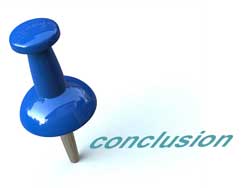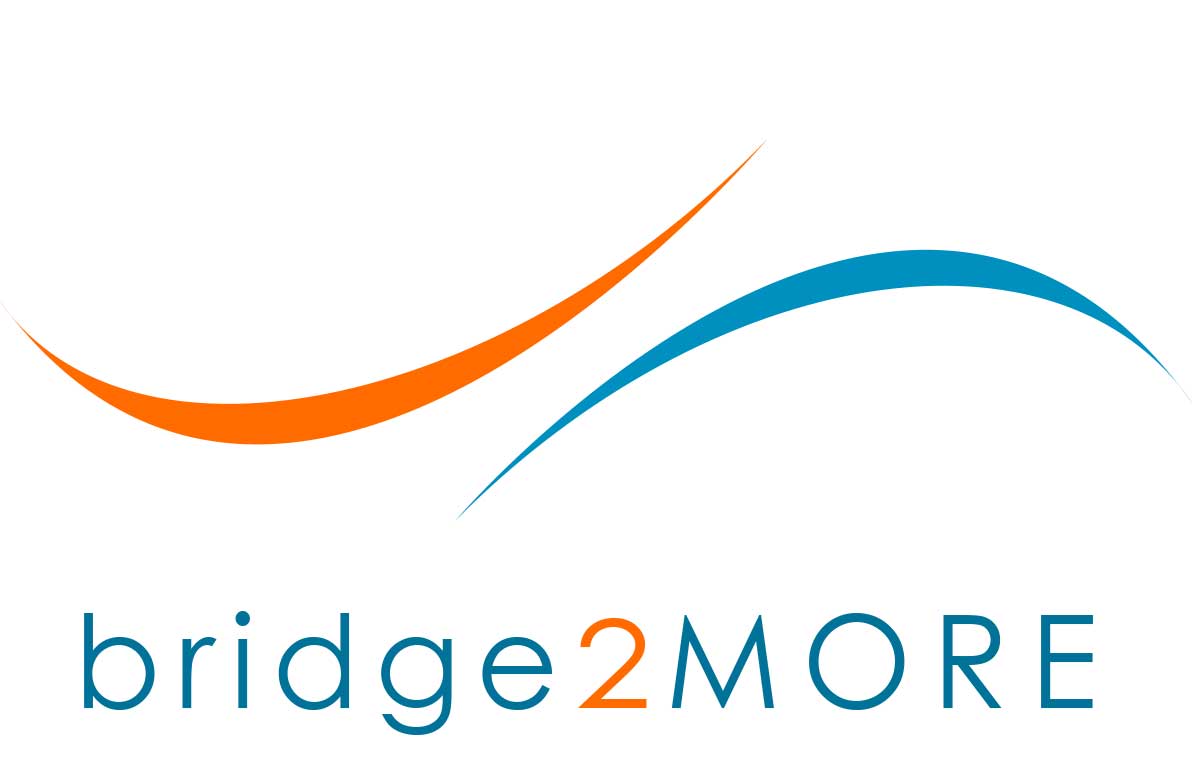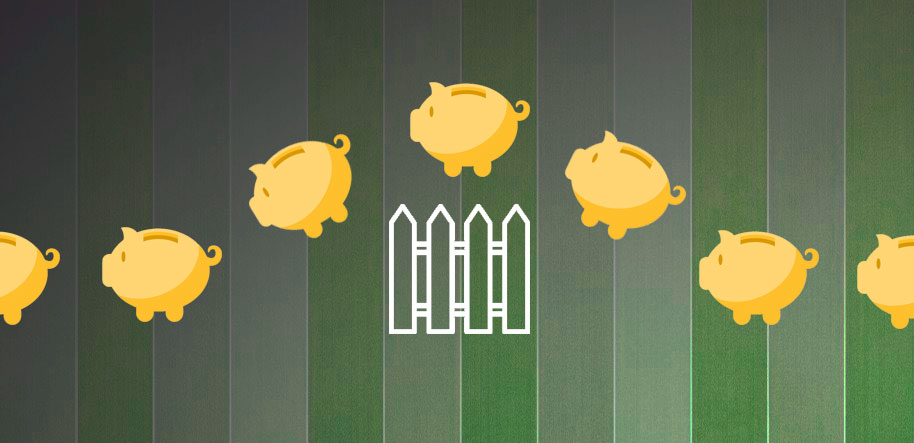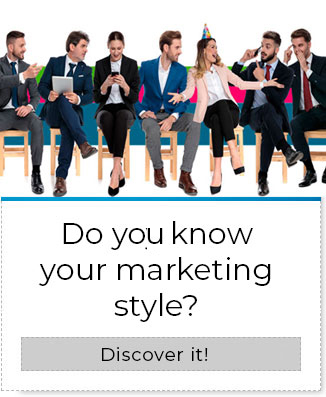How to best spend your budget
when getting a logo or website
When you have a small budget and/or are in an initial phase of your business where you might change things as you move on, it is of essence that you review what are your best options, and do a wise investment. A website and a logo are pricey long term investments in your company and you better give them the attention they deserve.
So what to do when your budget is smaller than your needs?

Websites
A website is a powerful tool to grow your business. While today you will find a myriad of options to build your site, like DIY templates, it’s better that you enlist the help of a professional that takes the time to sit with you to talk about what would you like to see happening, what is important to your customers, what are the results that matter. In that fashion your site will look great and serve your company goals.
1) Do your homework
This one is valid even when you have a large budget, actually. If you already have a site and want a new one take the time to assess what is what you have so far, what results has it delivered as compared to what results you expect/need. In that fashion you will identify what is working and what not, and avoid making unnecessary changes. It can be that your site is ok, but the home needs some tweaking, the texts need some optimization or reduction, or elements need to be reorganized.
If you are shopping for your first site make sure your message and what you can do for your clients is clear and put your time and energy into crafting that message, instead of writing endless pages for the website. Having a site that looks great is a big helper, but if your visitors land on your page and do not see what they are looking for (like the confirmation they are in the right place) they will leave your gorgeous-looking site to continue their search elsewhere. Making text and design complement each other will take you to great lengths. Bear this in mind and if possible hire qualified professionals to help you with your website, and do much more than adding pictures and text to a template. A simple site that tells people about your company and your products will be more than enough when you are starting, but all elements should have a reason to be there and a function.
3) Speak to your audience
When beginning your website project, start with what’s most important: your clients and prospects. It is not about you/ your product, but about the benefit your clients are looking for. And your site should address this expectation from the beginning, hence why every element whether graphic or copy counts.
2) Review your content
The most often overlooked thing in launching a new website is the copy. Copy is so very important but that being said, less is more with the web. Visitors give a glimpse to your page and if there is something that catches their eye then they will stay a bit longer. But essentially they skim the content. Professionally written content helps to grab the attention and generate more clicks within your site. If you can’t afford professional help live by this rule: use discretion with your words and pretend that each word costs money to use.
4) Realise that you do not need all at once
This is especially important for sites on a budget. It’s better when you settle for less pages than sacrificing on the quality of your site (look & feel, content). Make sure your site is built with growth in mind. The design should allow for additional pages as needed. Carefully chose the person or company that will build your site, as in addition to a good site you should be looking towards having a long term relationship with the designer, as your site will need updates or changes on a regular basis. At bridge2MORE we created the Kick Starter Packages combining marketing support and website that allow you to get quickly online, with a very reasonable investment. These combos are ideal for starters, or when you need to get quickly online, or wish to test ideas before launching big. [more info soon]

Logos
A logo is to a business what a face is to you. It is an essential part of creating a visual presentation of your company. Do not take shortcuts trying to save time or money or both. Trouble is, most ‘cookie cutter’ solutions will turn out to be neither inexpensive nor fast, and may cause a ton of headaches down the road – especially when your company starts to become more high-profile. Logos require a great amount of hand- and thought work. It is a labor of art not exempt of science. Even small changes in a logo should be weighed over carefully. And that knowledge is what you are paying for in most of the cases. This is the reason why logos might eat a big chunk of your budget. However there are some ways around the investment in a logo, without sacrificing quality.
1) Do your homework
When starting a business there is so much to define and have clear before we get to the elements that form the image of your company. Take the time to write a thorough briefing your designer can use to develop your logo. Gathering as much information as possible in advance before briefing a designer not only helps with initial discussions, it also assists with potential negotiations later if the designer has strayed off the brief.The better the information, the less corrections it will need before you come to the final version. Think of your ideal clients, what defines them and also their profile (gender, age, occupation, hobbies etc), what you want your logo to communicate: your brand is it luxurious, affordable? How will the logo be used (online, print, in small formats, etc). These are all elements of a good briefing.
3) Keep it simple
The design can be as simple as just a text logo with a different color letter in it to give it uniqueness, or a logo with a symbol to represent the company. Making it original and professional is what is important. Elements such as smooth curves and smooth text, all add to the quality of the logo. Having jagged edges or unreadable text can really hurt the quality of the logo which in turn can be negative to the image of the business. Beware of some options that ask for a couple of dollars for an “original” as these usually are of low quality and certainly not original. Professional designers deliver high quality logos, created from scratch that look well in every device. In addition they can deliver a full logo suite, which is a folder with all the variations of the logo: black & white, color, for print and for digital uses, as well as large formats.
2) Do not rely on trends
Trends (whether swooshes, glows or bevels) come and go and ultimately turn into clichés. A well-designed logo should be timeless.
4) Think outside the box
If you are on a small budget look for variations of your logo that require less work hours on behalf of the designer. As mentioned earlier, a thorough briefing will get you far and save you money otherwise spent on revisions. A logo that is typographic in nature is certainly much more affordable that one including a sign. If you are an entrepreneur your logo could be your signature, adequately reworked by a designer. In any case, whether signature or typographic logo, aspects like colors, font type, dimensions and high quality files of different formats of your logo, should be done by a professional. Here a little secret: when professional designers have the task of designing a logo, they usually present the client with several variations to zoom into what the client really likes, and so they narrow down the choices. What do you think they do with the logos they did not use? Some leave them to gather dust, others offer them at a discounted price. These discarded logos do not necessarily have a resemblance with the final logo chosen by the client. At bridge2MORE we used to offer these logos as Logos2Go, and clients could ask for a different color combination, add their name and other small changes at a really affordable price. So remember when purchasing a logo make it unique to your business, keep it clean,clear and professional!
 Website and logo are a vital part of your business communication and tool to lock in potential clients. You can have a well designed logo and a site that not only looks good, but does what it has to do, on a limited budget when you know what to look for.
Website and logo are a vital part of your business communication and tool to lock in potential clients. You can have a well designed logo and a site that not only looks good, but does what it has to do, on a limited budget when you know what to look for.





